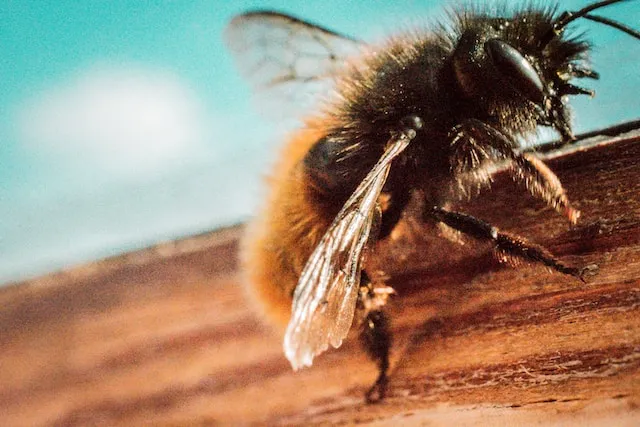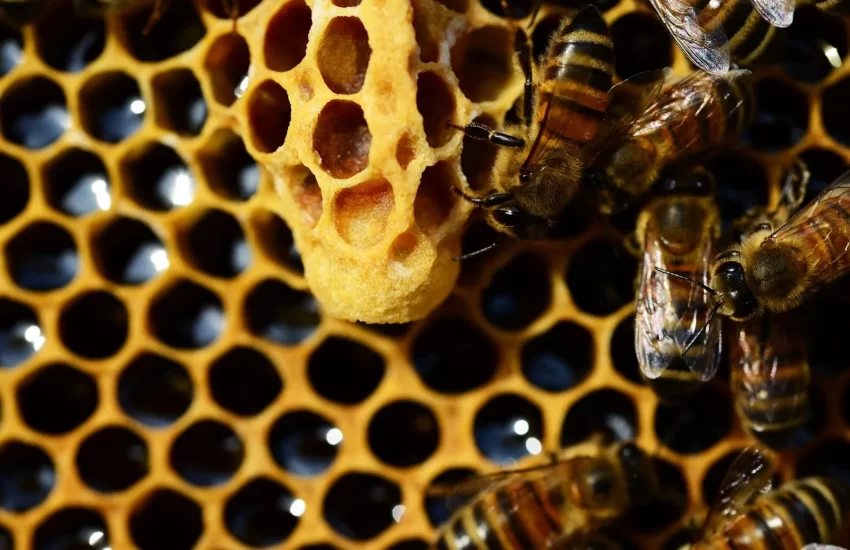What temperature is too cold for bees?
Bees are very hardy creatures and adaptive to live in extreme climatic conditions around the globe. However, they have temperature limits that they can survive. They usually die when the temperature becomes extremely cold or hot.
Their tolerance temperatures vary depending on the species. For instance, those bee stocks adapted to tropical climates tend to tolerate hot temperatures. On the other hand, bee species adapted to cool climates are more likely to survive in cold regions. While we know bees hide in the comfort of their hive in winter, what temperatures can they tolerate?
Similar Articles you may like to read –
How to feed bees in summer and winters
How to wrap a beehive for cold winters
Interesting Facts About Honey Bees
What Is The Biggest Problem For Bees? Threats To Honeybees
What temperature is too cold for bees?
Bees are cold-blooded, and the amount of heat they generate by metabolizing honey and shivering the wing muscles is limited. They cannot survive temperatures of 41 degrees F and below. Again, they cannot operate or shiver their muscles to stay warm. The wind chill is also detrimental and results in vast numbers of bee death in cold areas. Most bee species stop flying when temperatures drop to 50 degrees F.
How do honey bees survive in winter?
Honey bees survive in winter by sheltering in the hive and clustering to keep warm. They vibrate their flight muscles to generate heat and huddle together to prevent the heat from escaping. This process takes a lot of energy, and they must consume a significant amount of honey. They can survive in the hive even if the temperature outside is freezing. However, they require enough workers to generate heat in the hive. Bees outside the cluster are usually colder and alternate with those at the center so the entire colony can keep warm. The queen remains at the center to ensure her survival.
In the warm months, they plug all holes and cracks with propolis to prevent heat from escaping. Beekeepers also ensure they have enough honey stores for the cold season and place a hive that will protect them from harsh weather, such as strong winds. Emergency feeding in the winter can be done if the colony runs out of stock.
Can bees survive in very high temperatures?
Bees are super resilient creatures and can tolerate high temperatures for long periods. They secrete heat shock proteins that shield their cells from thermal-induced stress. But if the weather stays hot for an extended time, they suffer extreme dehydration and die. They usually occur when temperatures increase to 113 degrees F.
More articles you may like to read –
Do Bees Like The Full Sun?
Do Bees Fly In The Rain? Where Do Bees Go When It Rains?
What kills honey bees?
What Color Bees Cannot Recognize?
How do bees maintain hive temperatures?
They work as a team to maintain the temperature of the hive. When the hive temperatures rise, they spread water droplets and fan their wings in a coordinated way to evaporate the water. This process creates a cold air current, just like evaporative cooling. They also evacuate the hive occasionally when it becomes too hot in the hive, a process known as bearding. This helps to allow better circulation of air in the hive. A beekeeper should help the bees by placing a place where the bees can experience shade in the afternoons and also place a water source nearby.



